This is a beast of a camera. I mean, I thought that lugging around a 4×5 was crazy; the GX680iii is just nuts. This camera would feel more at home in a studio than in the field. But I often find studio work boring. But as a system camera, it is incredible. A couple of them with excellent Fuji glass on the front, and you have a powerful camera that gives you the flexibility of large format with the convenience of roll film. Special Thanks to James Lee for loaning me the camera for this review twice now.
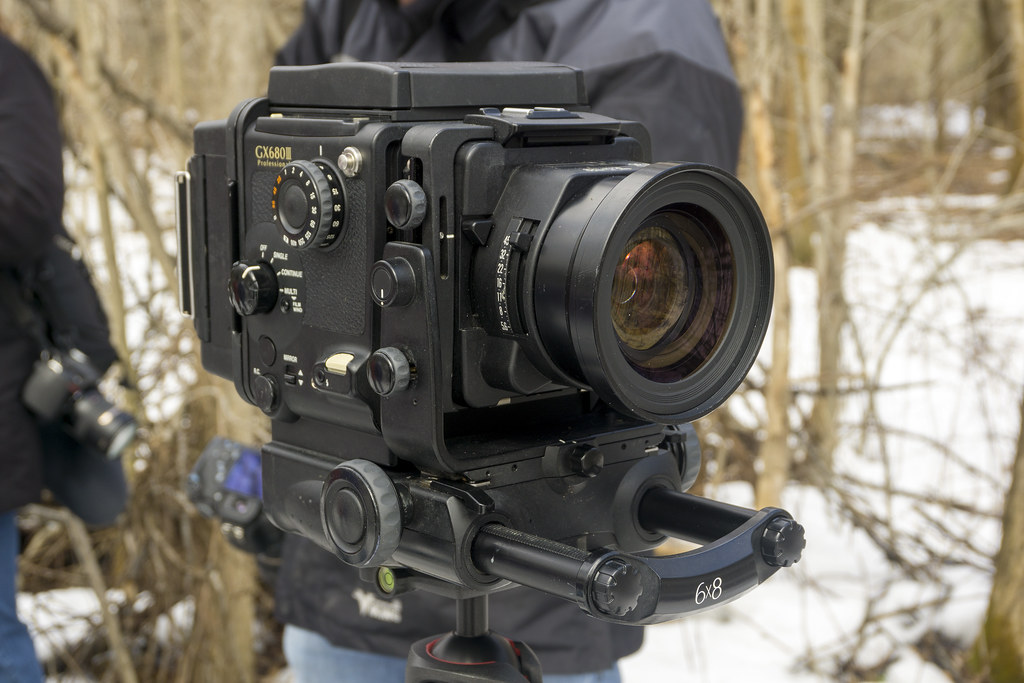
Camera Specifications
Make: Fujifilm
Model: GX680iii
Type: Single Lens Reflex
Format: Multiple, Film Back Dependent. Standard: Medium Format (120/220), 6×8
Lens: Interchangeable, GX680 Boards
Shutter: Interlens Electronic Shutter, 1/400″ – 8″ + Bulb
Year of Manufacture: 1997-2010
Background
The short version of Fuji’s medium format cameras is that they grew out of the need for portable medium format cameras to provide significant negative needed to produce higher-quality tourist photos. The first camera, a rangefinder, the GM670, kicked things off. When it comes to the GX series, this camera was designed for use in the studio rather than the field. The original camera, the GX680, released in 1987, provided a sizeable 6×8 negative, rotating back and, more importantly, front standard movement. The camera was utterly electronic from the ground up, lenses were permanently mounted on boards, and electronic shutters were controlled from the camera body. It also could be equipped with an auto-exposure (semi-automatic, aperture priority) with a finder prism. The film is loaded into inserts and loaded into interchangeable and hot-swappable backs. The second version, the GX680ii, came out in 1995 and looked almost identical to the first version, and it came to be hard to tell the difference. The significant difference is that the finder features an auto-mask function. The auto-masking allowed the finder to change configuration depending on the orientation of the film and the format in which the photographer was shooting. You can shoot in either 6×6 or 6×7 and the native 6×8. The front-standard locking mechanism was also redesigned. An “S” version was introduced with the same camera but lacked the movements in the front standard. In 1997 the GX680iii came out and marked a significant change in the camera’s form factor. The body material and design were changed, which resulted in a far lighter body. You could also mount a camera strap onto the camera (for what reason, I don’t know why), and the batteries were different. While the first two versions used NiCad rechargeable, the 680iii uses CR123A batteries; three fit into the base. You could also use a six AA battery back at the same time. The film backs use a pair of CR2 batteries to imprint exposure data onto the film rebates. At the same time, Fuji also released the GX680iiiS, an almost identical camera, but the “S” version lacked the camera movements. Production of the GX series ceased in 2010.

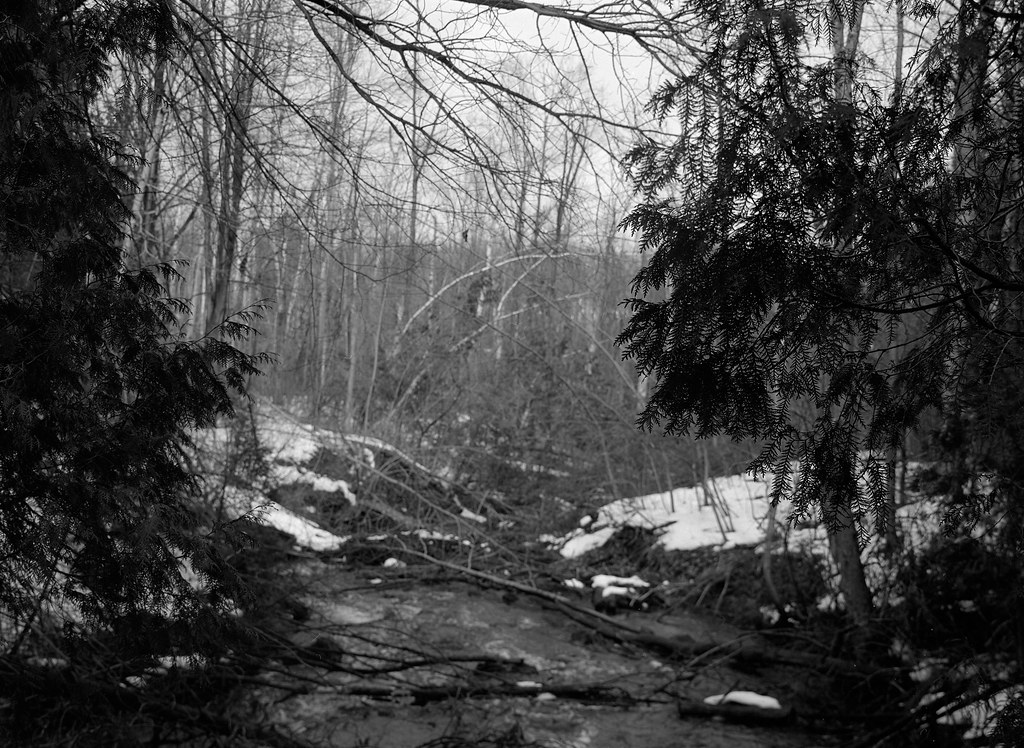


Impressions
The GX680iii is not a tiny camera; it’s big, heavy, and adds a lot of bulk. It makes the RB67 look like a walk in the park, both in portability and operation. Once you get used to working with the camera, everything seems to be in a logical place. The main set of camera controls is located on one side of the camera, and everything is big and chunky, allowing for easy use and solid clicks, allowing you to know where you’ve landed. I have an issue with the size of the shutter release; it’s relatively small and can be challenging to find. While you can equip the camera with an AE (Aperture Priority) prism, I think that would take away from the camera. The waist-level finder is ideally suited for the camera, and the addition of a Maxwell screen allows for a big bright and quickly composed and focused image. Despite being a battery hog, all the electronics make this an excellent camera as there are many troubleshooting warnings. These are located on the film back’s screen, showing if you forgot to pull the darkslide or have incorrectly mounted the lens. However, one of my favourite camera features is using movements, almost the same number of front-standard activities as a large format field camera!


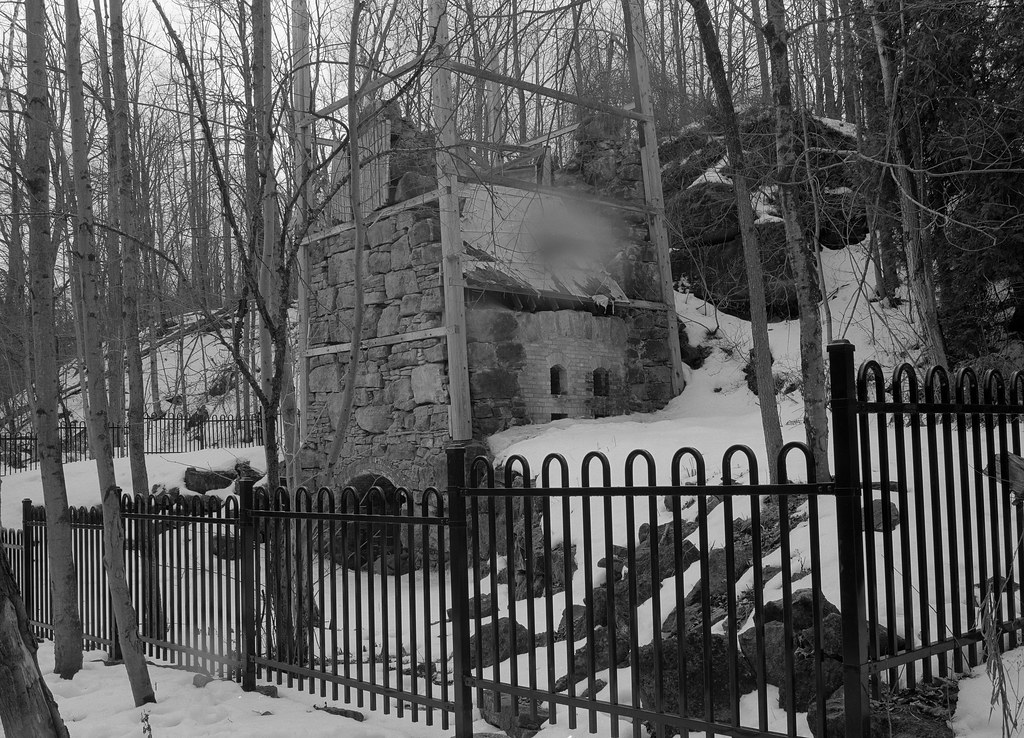
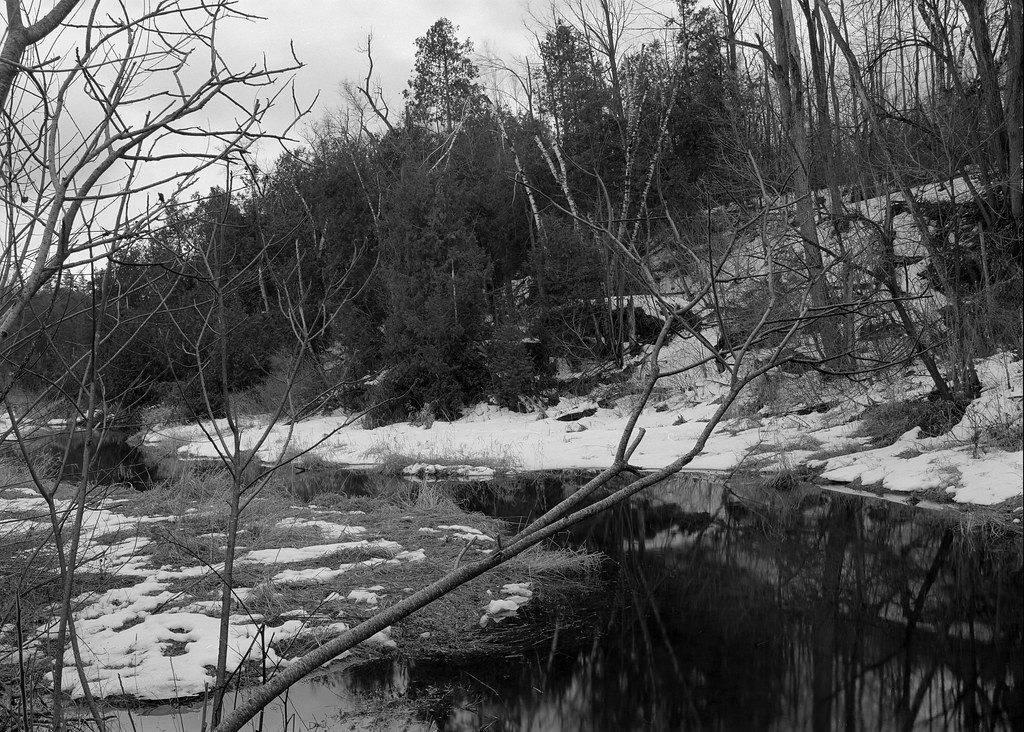
Experiences
While you can use this camera in the field, it is much more at home in the studio. The same can be said about hand-holding the camera; while it is a recipe for disaster, get a tripod no matter where you’re using it. And make sure that it is a heavy tripod, even my Manfrotto 190B had trouble supporting the camera! Despite everything, it is a joy to use once you have the camera steadied. Loading film is a simple process as it uses a typical film back with a cassette insert. Load the film onto the cassette, put it into the back and press the 1st frame Set button, and it will automatically advance the film to the first frame. Then it will automatically advance to the next frame and wind the film once done. It even beeps at you when you’re on the last edge. James equipped his camera with a Maxwell bright screen that makes composition and focusing easy, and though it doesn’t have a split prism, the finder has a magnifier that does help nail the focus. The automatic masking helps with composition when switching from portrait to landscape orientation, and rotating the back is easy but can only be done in one direction. Spinning in the other will remove the back. The tricky part is mounting the lenses because you can mount them incorrectly. Thankfully the camera will let you know that you’ve done it wrong. The movements are a bit fiddly also and require a touch of force, significantly rise and fall.

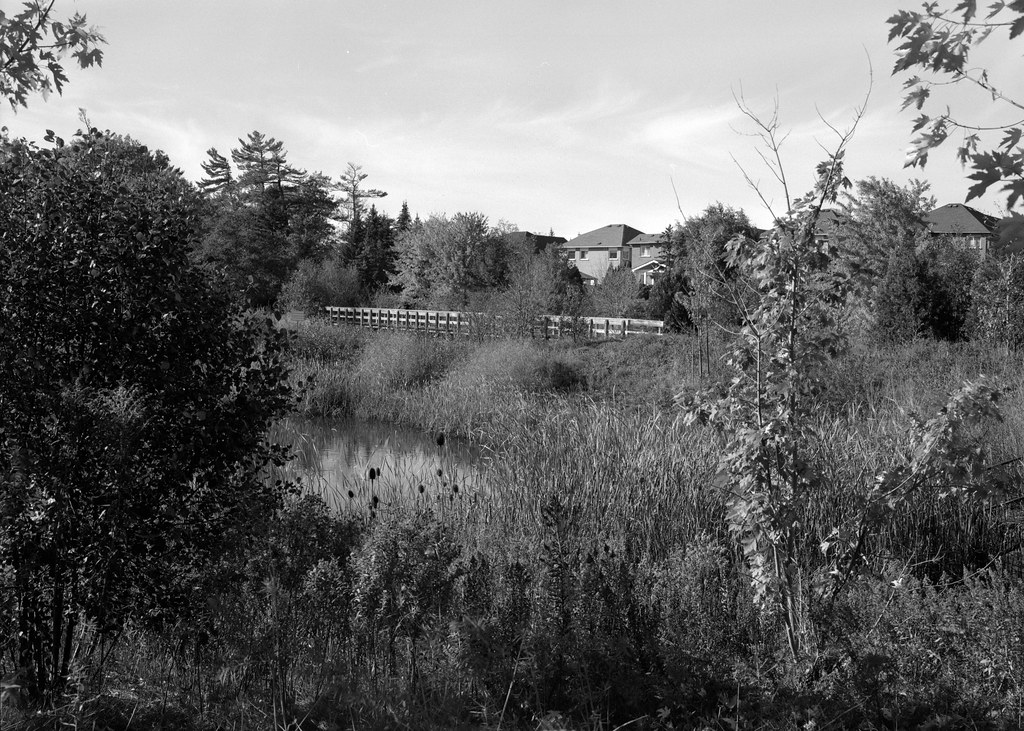


Optics
You don’t have to worry about the optical quality of these cameras. I’ve worked with Fujinon glass on their cameras from 35mm to their large format lenses. And the lenses you get with the GX680 system are on the same level of quality. Each lens is mounted to unique mounting boards with complete electronic contacts, and the shutters are built into the lenses themselves. Fuji produced sixteen prime lenses and, surprisingly, one zoom lens for the GX system, and all the lenses are interchangeable with each version of the camera. Focal distances range from 50-500mm, equivalent to 23-229mm on a 35mm camera. Most of these lenses support the total movement of the front standard, save that wide-angle 50mm. The most common lens found with the cameras is the 135mm f/5.6, but some good choices would be the 80mm, 125mm, and 180mm. The 190mm lens offered up a unique aperture for a soft bokeh, a similar soft rendering of the out-of-focus elements can be found on the 180mm f/3.2 lens. And all GX lenses work on all versions of the camera.



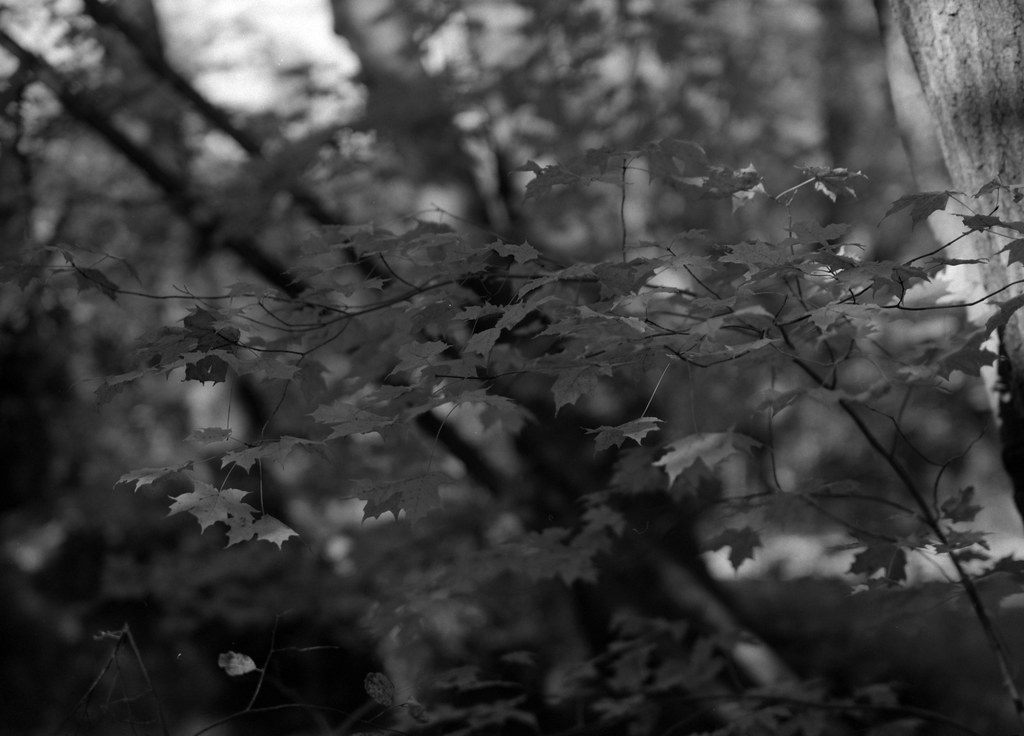
Lowdown
Suppose you’re looking for a camera to get big images while out in the field and hiking. In that case, Fuji has plenty of excellent options, notably the Texas Leica or other more portable options. But if you’re looking for a unique camera for studio work but don’t like the idea of a 4×5 but still want that discrete control that large-format movements give, the GX680iii is an excellent choice. You’ll also want to keep many spare batteries on hand as it can be a battery hog, the body takes a trio of CR123a or six AA batteries to power, and the film backs take a pair of CR2 batteries. Fujifilm also produced a digital back for the GX680 series, rated at 20 megapixels and using a CCD sensor. It is old tech but gives that ‘instant’ option now; the pack film is no longer an economically viable option. One of the most exciting things about the GX680iii is that it is relatively affordable on the used market. You can easily pick up a complete kit for under 2000$, and that is coming with a lens and at least 1-2 backs; prices are looking at around 1000$ to 1,500$ with accessories and lenses running in the 300-500$ range, making it an affordable option if you want a beast like the 680iii in your tool kit. Although if you are buying one, make sure to get one from a reputable seller and that you know everything works as they are getting difficult to repair. If you are crazy and want to carry this into the field, make sure you have an excellent chiropractor on speed dial!
Further Reading
Don’t just take my word on the GX680iii, you can check out the reviews by other awesome camera reviewers!
Japan Camera Hunter – Fujifilm GX680iiiS Review
Danny Burk – Fuji GX680iii Review
‘Thew’s Reviews – Fujifilm GX680iii Review
Eric Constantineau – Fuji GX680iii Review
Film Shooters Collective – A Medium Format Camera that behaves like a Large Format Camera: The Fuji GX680ii
1 Comment